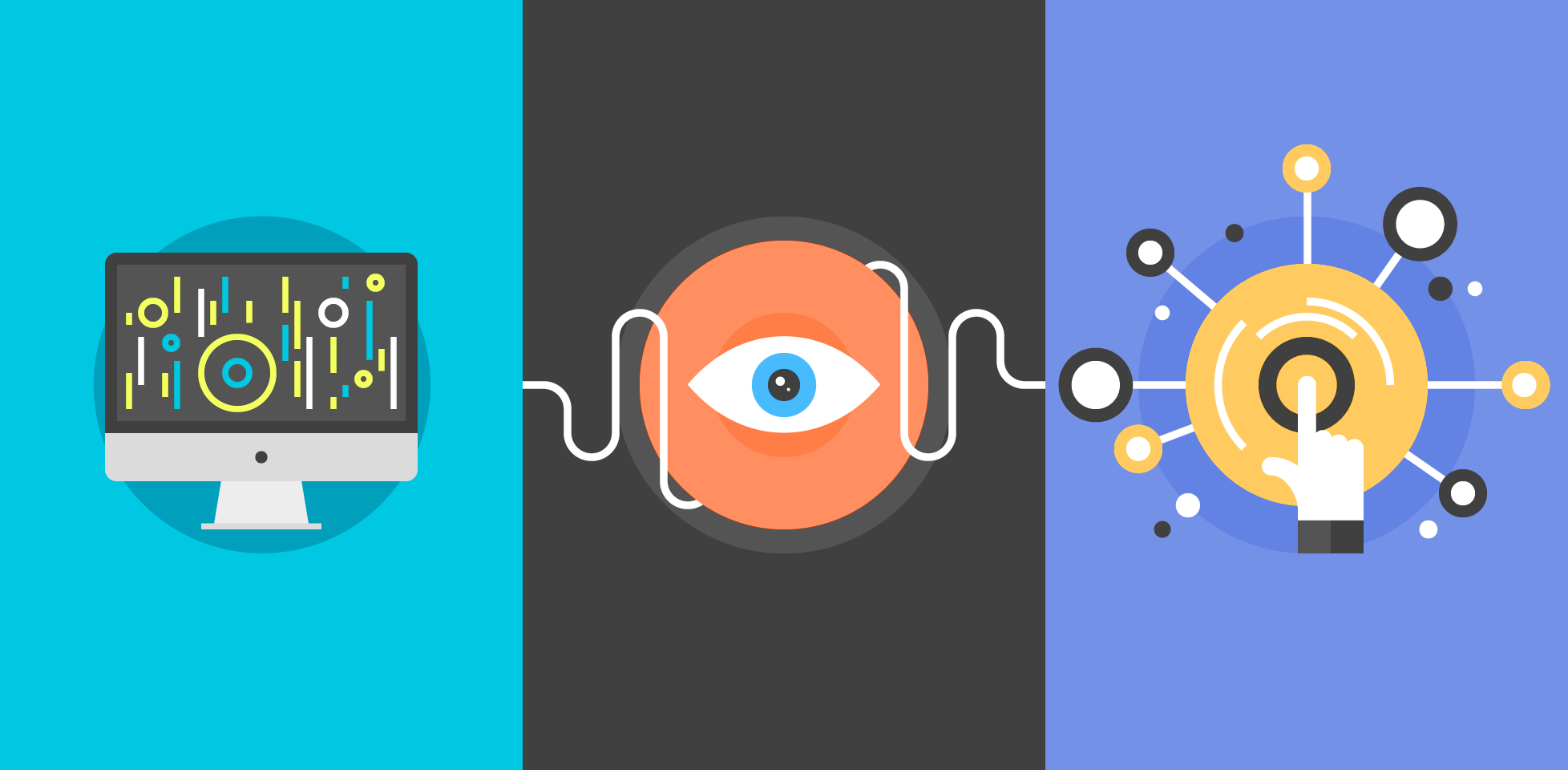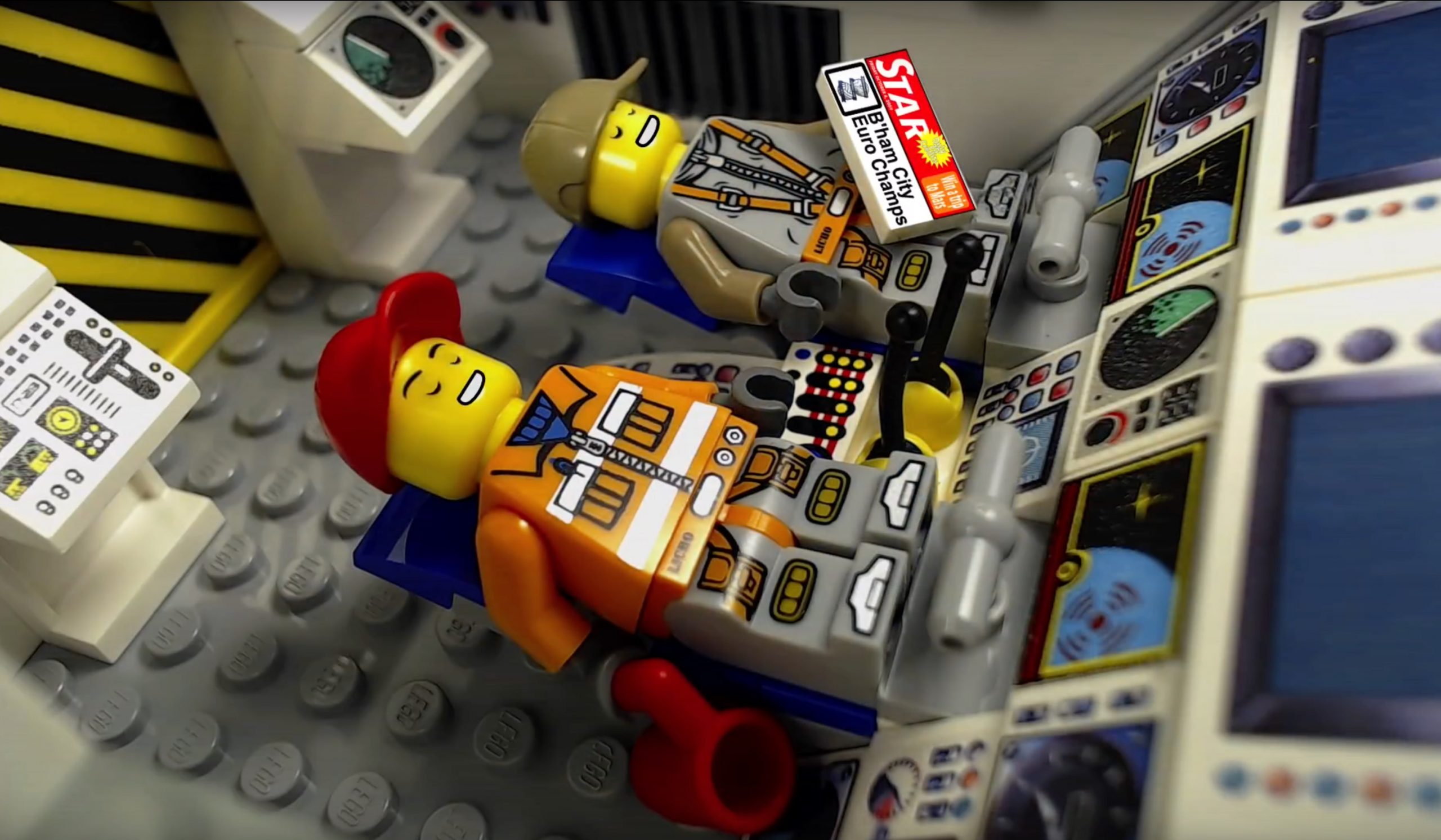
See documentation on Key manipulation in Dopesheet mode for more information. Here the Animation Window is in Dope Sheet mode, showing the keyframe positions of all animated properties within the Animation clip This allows you to view a simple overview of the keyframe timing for multiple properties or GameObjects. Dopesheet timeline modeĭopesheet mode offers a more compact view, allowing you to view each property’s keyframe sequence in an individual horizontal track. These offer two alternate views of the Animation timeline and keyframe data. To toggle between these modes, click Dopesheet or Curve at the bottom of the animated property list area: The timeline view has two modes, Dopesheet and Curves. The keyframes for each animated property appear in this timeline. On the right side of the Animation View is the timeline for the current clip. Entering a new value at this point would create a new keyframe. In this image, an interpolated value is shown because the playback head (the white line) is between keyframes. An unfolded property in the Animation View, allowing the keyframe value to be typed in directly. If changes are made when the playback head is between keyframes (and therefore the value shown is an interpolated value), a new keyframe is created at that point with the new value that you entered. If changes are made when the playback head is over a keyframe, the keyframe’s values are modified. The value fields show the interpolated value if the playback head (the white line) is between keyframes. When animating a hierarchy of GameObjects within a single clip like this, make sure you create the Animation on the root GameObject in the hierarchy.Įach property can be folded and unfolded to reveal the exact values recorded at each keyframe. In the example above, various parts of the Robot Arm’s GameObject hierarchy are all animated within the same animation clip.

If the animation controls multiple child objects, the list will also include hierarchical sub-lists of each child object’s animated properties. When you begin to animate various properties within this clip, the animated properties will appear here. The Animation view displaying an empty clip. In a newly created clip where no animation has yet been recorded, this list is empty. In the left side of the Animation view is a list of the animated properties. The Scene view and Hierarchy view are on the right, demonstrating that the Animation view shows the Animations attached to the currently selected GameObject. In the image below, the Animation view (left) shows the Animation used by the currently selected GameObject, and its child GameObjects if they are also controlled by this Animation. More info See in Glossary View, or select an Animation Clip Asset using the Project Window. In each Scene, you place your environments, obstacles, and decorations, essentially designing and building your game in pieces.

Think of each unique Scene file as a unique level. You can select a GameObject using the Hierarchy window or the Scene A Scene contains the environments and menus of your game. Like the Inspector, the Animation window shows the timeline and keyframes of the Animation for the currently selected GameObject or Animation Clip Asset. More info See in Glossary, and the Inspector A Unity window that displays information about the currently selected GameObject, asset or project settings, allowing you to inspect and edit the values. You use the Scene View to select and position scenery, characters, cameras, lights, and all other types of Game Object. The Animation window is linked with with the Hierarchy window, the Project window A window that shows the contents of your Assets folder (Project tab) More info See in Glossary, the Scene view An interactive view into the world you are creating.


To open the Animation view in Unity, go to Window > Animation. A GameObject’s functionality is defined by the Components attached to it. More info See in Glossary for animated GameObjects The fundamental object in Unity scenes, which can represent characters, props, scenery, cameras, waypoints, and more. It is a simple “unit” piece of motion, such as (one specific instance of) “Idle”, “Walk” or “Run”. The Animation view is used to preview and edit Animation Clips Animation data that can be used for animated characters or simple animations.


 0 kommentar(er)
0 kommentar(er)
